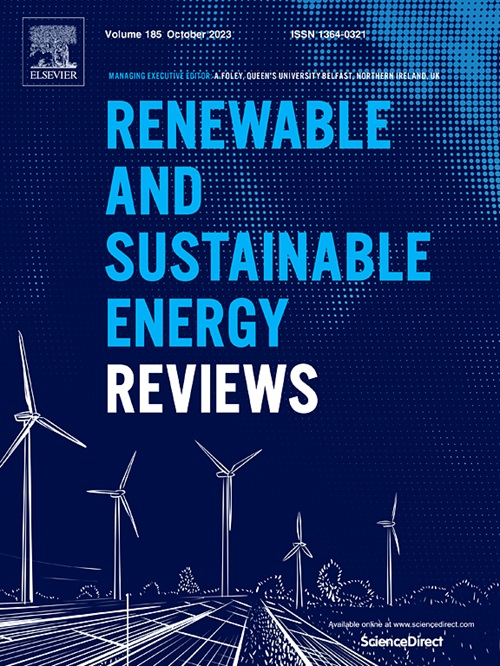低温锂金属电池的发展:材料、机制和应用
IF 16.3
1区 工程技术
Q1 ENERGY & FUELS
引用次数: 0
摘要
随着便携式电子产品、电动汽车、电动工具和可再生能源存储系统(RESS)等高功耗设备的快速发展,市场对同时提供高能量密度和可靠低温性能的能源存储解决方案的需求不断上升。低温会导致储能设备容量下降、输出功率降低、使用寿命缩短,使储能设备无法达到最佳性能。因此,提高储能系统在寒冷条件下的运行能力是至关重要的。锂金属具有超低的标准电极电位(- 3.04 V vs. SHE)和极高的理论比容量(3860 mAh/g),赋予了锂金属电池(lmb)低温工作的特殊潜力。近年来,对lmb低温应用的研究得到了广泛的学术关注,并发表了大量论文。本文系统总结了低温lmb的研究进展,并对当前的关键挑战和技术瓶颈进行了深入分析。我们专注于性能提升策略,特别是电解质优化、隔膜涂层材料、锂金属阳极稳定和3D导电框架设计。最后,对低温lmb的未来发展方向进行了展望。通过持续的技术创新和性能优化,我们预计这些电池将实现大规模商业化,并催化能源存储领域的革命性突破。本文章由计算机程序翻译,如有差异,请以英文原文为准。
The evolution of low-temperature lithium metal batteries: Materials, mechanisms, and applications
With the rapid development of high-power-consumption devices such as portable electronics, electric vehicles, power tools, and renewable energy storage systems (RESS), there is an escalating market demand for energy storage solutions that simultaneously offers high energy density and reliable low-temperature performance. Sub-zero temperatures cause significant capacity degradation, reduced output power, and shortened lifespan in energy storage devices, preventing them from achieving optimal performance. Consequently, enhancing the operational capabilities of energy storage systems under frigid conditions is critically important. Lithium metal, with its ultra-low standard electrode potential (−3.04 V vs. SHE) and exceptionally high theoretical specific capacity (3860 mAh/g), endows lithium metal batteries (LMBs) with exceptional potential for low-temperature operation. In recent years, research on low-temperature applications of LMBs has garnered extensive academic attention and generated substantial publications. This review systematically summarizes research progress in low-temperature LMBs and provides an in-depth analysis of current critical challenges and technical bottlenecks. We focus specifically on performance enhancement strategies, particularly electrolyte optimization, separator coating materials, lithium metal anode stabilization, and 3D conductive frameworks design. Finally, the review prospects future development directions for low-temperature LMBs. Through continuous technological innovation and performance optimization, we anticipate these batteries will achieve large-scale commercialization and catalyze revolutionary breakthroughs in the energy storage sector.
求助全文
通过发布文献求助,成功后即可免费获取论文全文。
去求助
来源期刊

Renewable and Sustainable Energy Reviews
工程技术-能源与燃料
CiteScore
31.20
自引率
5.70%
发文量
1055
审稿时长
62 days
期刊介绍:
The mission of Renewable and Sustainable Energy Reviews is to disseminate the most compelling and pertinent critical insights in renewable and sustainable energy, fostering collaboration among the research community, private sector, and policy and decision makers. The journal aims to exchange challenges, solutions, innovative concepts, and technologies, contributing to sustainable development, the transition to a low-carbon future, and the attainment of emissions targets outlined by the United Nations Framework Convention on Climate Change.
Renewable and Sustainable Energy Reviews publishes a diverse range of content, including review papers, original research, case studies, and analyses of new technologies, all featuring a substantial review component such as critique, comparison, or analysis. Introducing a distinctive paper type, Expert Insights, the journal presents commissioned mini-reviews authored by field leaders, addressing topics of significant interest. Case studies undergo consideration only if they showcase the work's applicability to other regions or contribute valuable insights to the broader field of renewable and sustainable energy. Notably, a bibliographic or literature review lacking critical analysis is deemed unsuitable for publication.
 求助内容:
求助内容: 应助结果提醒方式:
应助结果提醒方式:


